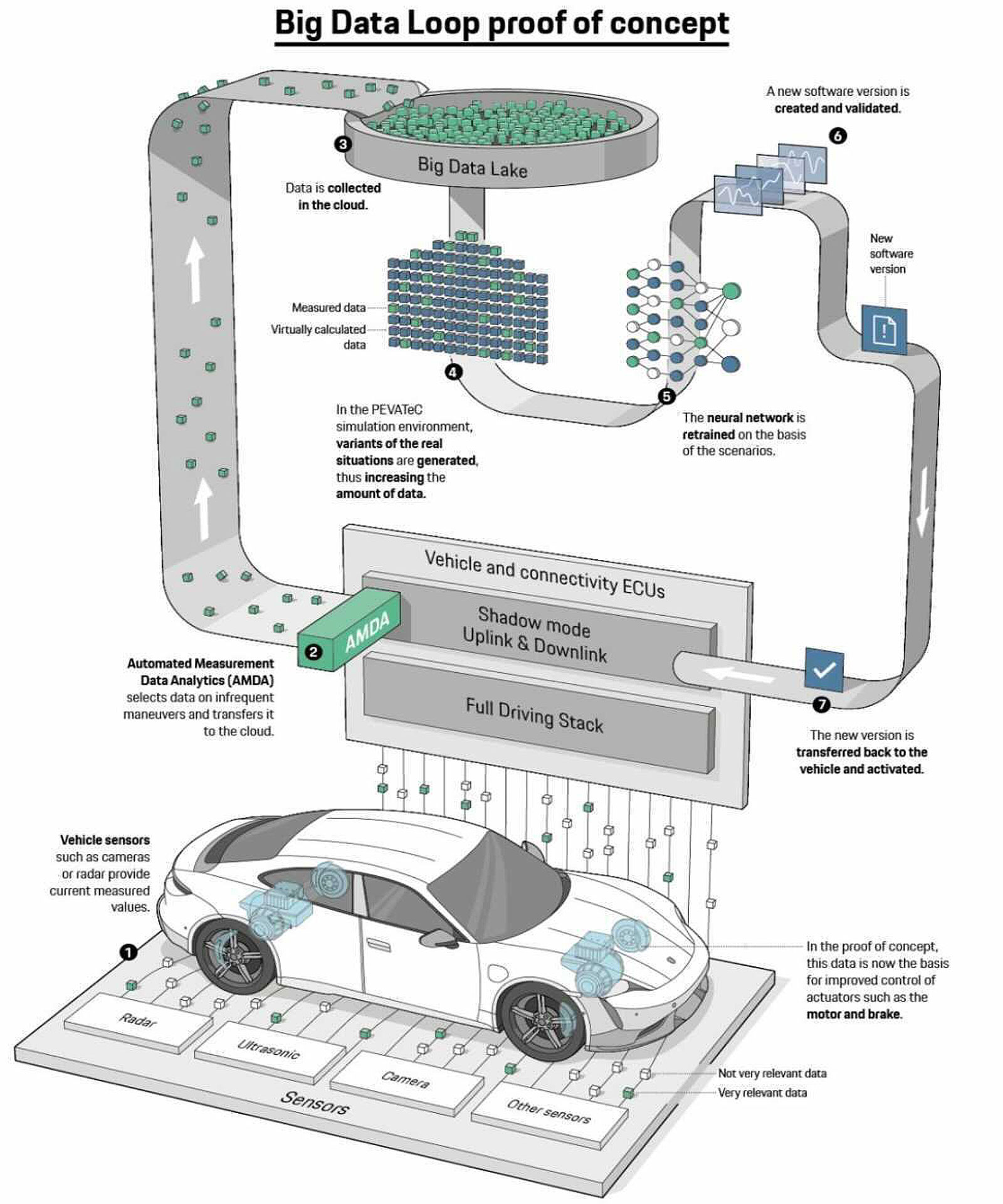The five keys to transforming data architectures
Featuring
Carla Bailo | President & CEO, Center for Automotive Research
Danny Bedgood | Global Vice President of Industry Solutions, Aerospike
Holger Mueller | VP and Principal Analyst, Constellation Research
Greg Tinker | SVP & Chief Technology Officer, Anexinet
The automotive industry is in the midst of an unprecedented transformation as it collects massive amounts of data from its products and customers and uses that information to drive innovation and improved customer experiences.
In a recent webinar hosted by the Center for Automotive Research titled, “The Five Keys to Transforming Data Architecture,” industry experts outlined how the data can be collected, used, and monetized. In addition, experts discussed questions regarding privacy and ownership of the data.
Now is the time to transform data architectures
Holger Mueller, vice president and principal analyst at Constellation Research, says that any business, including the auto industry, must understand that it’s critical to be faster and more agile if they want to survive – and the way to do that is through technology. At the same time, companies must address the growing abundance of data and decide how they will store it and then use it to power customer and product insights, improve artificial intelligence and drive greater resilience to outpace the competition.
Danny Bedgood, Global Vice President of Vertical Solutions for Aerospike, agrees that “the race is on about how to manage data that is exploding,” but it’s also vital that the data be fast – access needs to happen in real time.
Bedgood explains that Aerospike is meeting the auto industry’s demand to handle this massive amount of data by providing a data architecture that can handle multiple terabytes of processing and data at the edge in real time. This helps auto manufacturers to make decisions about what data will be captured within the car, outside the car, or even by mobile devices brought into the vehicle.

Greg Tinker, chief technology officer and senior vice president at Anexinet, says his company uses Aerospike as a high-performance, high-speed database that’s critical when building inference engines for artificial intelligence. These inference engines, for example, can determine that it’s a plastic bag – not a person – walking in front of a car’s sensors when traveling down the road. It’s the data fed to that inference engine that keeps the car from slamming on the brakes “and throwing the family into the windshield,” simply because of a blowing plastic bag, he says.
“Those are the kinds of things our engineering staff is constantly working on. We want to make the experience better, but we can’t do this after the fact. We can’t pull all this data and then make a decision 15 minutes after the fact. We need it in real time,” Tinker says.
Carla Bailo, president and CEO at the Center for Automotive Research, moderated the webinar and asked panelists about questions over privacy when it comes to data collected by automakers.
Bedgood says that the European Union’s General Data Protection Regulation (GDPR) underscores the critical need for a decision engine that can ensure the regulations are followed, such as not allowing private information to travel from Germany to England through vehicle data. Or, in the U.S., it’s a matter of making sure that various state laws are followed regarding insurance policies. That also needs to be done through a real-time decision engine capable of processing data quickly, he says.
Watch the webinar to hear about all five keys to transforming data architectures.
Addressing Data Privacy Concerns
Bailo also asked the panelists about how much data auto companies should keep, and for how long.
Mueller says that because storing data has become so inexpensive, the question isn’t really whether it needs to be kept, but rather how to find more ways to use data to enrich the customer experience and improve products.
Adds Bedgood: “They say this is the new gold rush. So, keep it all and keep digging.”
Who Owns the Data?
The panelists agreed that who owns the data is a question still unanswered. Is it the car owner? The bank that holds the car loan? The manufacturer?
Until that question is settled, it’s important that car companies focus on using data to improve the customer experience. “When that happens, then more people will opt in to letting them use their data,” Bailo says.
In the meantime, the massive amounts of data will continue to drive the explosion of innovation in the auto industry, whether it’s through greater safety measures, autonomous vehicles, or the ability of car technology to “talk” to other cars or other technology to improve the driving experience for users.
“Car companies need to be operating like software companies,” Mueller says. “It’s no longer about competence in the manufacturing experience. Software is what transforms the experience. Data is essential and it must be applied across the entire organization.”
For more information and customer success stories about data privacy concerns and transforming data architecture visit the Aerospike IoT Solutions Page.




